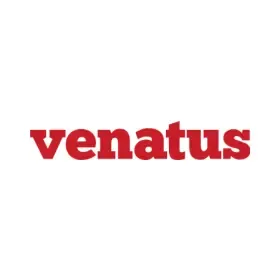The Best Ad Exchanges List for Publishers
In today's digital landscape, ad exchanges have become an essential tool for publishers looking to monetize their website traffic. By connecting publishers with advertisers, ad exchanges make it easy to sell ad inventory and generate revenue. However, with so many ad exchanges on the market, knowing which one to choose can be challenging. In this listing, we will explore the best ad exchanges for publishers and guide on selecting the right one for your needs.
Ad exchanges are digital marketplaces that allow publishers to sell ad inventory to advertisers in real-time. Advertisers can bid on the ad inventory using a real-time bidding (RTB) process, enabling them to target specific audiences and optimize their campaigns. Ad exchanges typically take a commission on each transaction and provide publishers with tools to manage their ad inventory, track performance, and optimize their revenue. Here are some of the major ad exchange types. Also note that most of the best ad exchanges work with DSPs, SSPs, and premium publishers.
- Open Ad Exchanges: Open ad exchanges are public, real-time bidding (RTB) marketplaces where various advertisers and publishers buy and sell ad impressions. These exchanges are open to any interested party, and bidding is typically competitive.
- Private Ad Exchanges (Private Marketplaces): Private ad exchanges are invitation-only or exclusive marketplaces where a limited number of advertisers and publishers transact. Premium publishers often use these to maintain more control over the ads that appear on their websites.
- Video Ad Exchanges: Video ad exchanges are designed to buy and sell video ad inventory. This type of exchange is essential for video advertising campaigns, including pre-roll and in-stream video ads.
- Native Ad Exchanges: Native ad exchanges focus on native advertising formats, such as sponsored content and in-feed ads. They enable advertisers to seamlessly integrate their ads with the content on publishers' websites or apps.
- Programmatic Direct Exchanges: Programmatic direct exchanges bridge the gap between programmatic and direct sales. They allow advertisers to programmatically reserve ad inventory directly from publishers, ensuring guaranteed impressions without manual negotiations.

How to Choose the Best Ad Exchanges?
As a publisher, you must have several web properties and millions of page views to be accepted by ad exchanges. Most ad exchanges work directly with premium publishers only. When choosing an ad exchange, there are several factors to consider:
- Reach: The ad exchange should have a large number of advertisers and publishers to ensure that there are plenty of opportunities to sell and buy ad inventory.
- Targeting Options: The ad exchange should offer a range of targeting options, such as demographics, interests, and location, to allow advertisers to target their audience effectively. This will ensure better ad conversions and higher revenue for publishers.
- Regional Demand: The ad exchange should have enough demand from the advertisers to ensure a high fill rate on publisher inventory.
- User Experience: The ad exchange should have a user-friendly interface, optimized bid requests, and provide easy access to reporting and analytics.
- Commission Fees: The ad exchange should have reasonable commission fees to maximise publishers' revenue. This is usually in the range of 10-30%.
- Support: The ad exchange should provide good customer support to help publishers resolve any issues quickly and efficiently.
Buzzoola is a native advertising platform that helps publishers promote engaging, organic content and ads to drive revenue. With ad formats that blend seamlessly with natural content, it supports campaign creation, monetization, and trend-based optimization. Leveraging advanced algorithms, Buzzoola tracks campaign performance and adapts strategies for success, offering timely payments to publishers within 30-45 days.
Adagio is a programmatic ad platform that helps publishers optimize revenue through ad generation for mobile apps and websites. It offers tools and strategies for demand management, monetization, and targeting.
Alkimi is a decentralized ad exchange leveraging blockchain to enhance transparency, reduce ad fraud, and optimize programmatic advertising. It supports various ad formats like display, video, CTV, and native, offering publishers increased eCPMs and lower fees. With seamless integration via tools like PreBid and full auditability, Alkimi ensures fair, efficient, and transparent ad transactions.
E-Planning empowers publishers to optimize ad monetization through programmatic advertising and automated ad serving.
iSearch, Taiwan's top Google Certified Publishing Partner (GCPP), excels in leveraging Google's tools and technologies to optimize ad performance. With extensive experience and official Google support, iSearch customizes ad styles and placements, providing professional optimization services and benefit analysis to maximize website revenue.
ArcSpan is a programmatic platform for publishers to ensure automated selling and buying of digital ads. It monetizes digital content offering effective solutions to advertisers. Header bidding technology is leveraged along with real-time bidding to delivery efficient ad placements and pleasant user experience.
Yieldmo offers full suite tools and solutions for enabling publishers to optimize advertising and maximize revenue. It helps publishers thrive in this very dynamic digital advertising landscape, based on its innovative programmatic advertising approach and features coupled with user-friendly capabilities. In leveraging Yieldmo's technology, publishers can optimize their monetization efforts and deliver impactful advertising experiences that resonate with audiences.
United, Inc.'s sell-side platform, AdStir, allows publishers to optimize ad revenue across all forms of mobile apps, websites, and other web-based platforms.
Ucfunnel.com, founded in 2015, is a cutting-edge ad platform leveraging AI, machine learning, and real-time analytics to transform digital advertising. Known for innovation and scalability, it empowers publishers and advertisers to optimize strategies and maximize ROI, delivering seamless ad experiences across diverse devices and platforms.
VRTCAL presents a comprehensive ad solution for publishers seeking to maximize their revenue through efficient, direct-to-demand connections. With its robust SSP and ad exchange platform, VRTCAL ensures that publishers can connect with premium advertisers while retaining a significant portion of the ad revenue.
More Information on Best Ad Exchanges
Here are some more points to consider about the importance and usage of ad exchanges:
- Ad exchanges use real-time bidding (RTB) to sell ad inventory, which allows advertisers to bid on ad space in real-time based on specific targeting criteria, increasing the likelihood that ads will be shown to the right audience.
- Ad exchanges offer tools and controls to filter out low-quality or irrelevant ads, helping publishers maintain a positive user experience.
- Ad exchanges offer ad verification services to ensure that ads comply with industry standards, are brand-safe, and do not contain malicious content.
- Publishers should review the payment terms of ad exchanges, including payment schedules and minimum payout thresholds, to ensure that they align with their financial needs.
- Ad exchanges use programmatic advertising to help in the purchase and sale of digital inventory using RTB.
Ad Exchange CPM Rates for Tier-1, Tier-2, Tier-3 Countries
Cost Per Mille (CPM) rates offered by ad exchanges can vary widely depending on several factors, including the country's tier or level of development, the industry, the ad network or exchange used, the quality and targeting of the ad inventory, and market demand. Tier one, tier two, and tier three countries are often classified based on their economic development and ad market maturity. Here's a general idea of what to expect, but keep in mind that these rates can change over time:
- Tier One Countries: Tier one countries include the United States, Canada, the United Kingdom, Germany, Australia, and others.
CPM rates in tier-one countries tend to be the highest, ranging from $1 to $10 or even more, depending on factors like niche, ad format, and targeting. - Tier Two Countries: Tier two countries often encompass nations in Eastern Europe, Latin America, parts of Asia, and more. CPM rates in tier two countries typically range from $0.40 to $4. These rates can vary significantly based on the country and other factors.
- Tier Three Countries: Tier three countries comprise regions with emerging economies and lower ad market maturity. These may include parts of Africa, certain Asian countries, and others. CPM rates in tier-three countries are generally lower, ranging from $0.10 to $1. Again, the rates can vary considerably based on the specific country.
Remember that these are very general estimates, and actual CPM rates can fluctuate based on the factors mentioned earlier. To get accurate and up-to-date CPM rates for your specific situation, it's essential to work with ad networks, exchanges, or demand-side platforms (DSPs) directly. They can provide insights into the current rates and opportunities for your target audience and ad inventory. Additionally, consider using ad optimization and yield management techniques to maximize your CPM rates in any country or region.
Ad Exchanges FAQs
Our Editors’ Pick:
Browse these amazing publisher monetization tools handpicked by our team of editors
.webp)
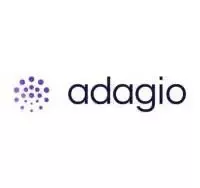

.webp)


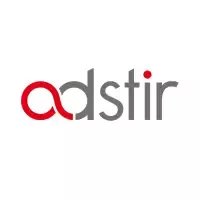
.webp)

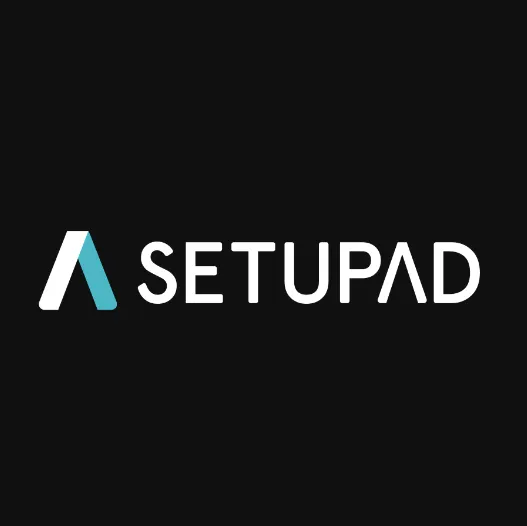

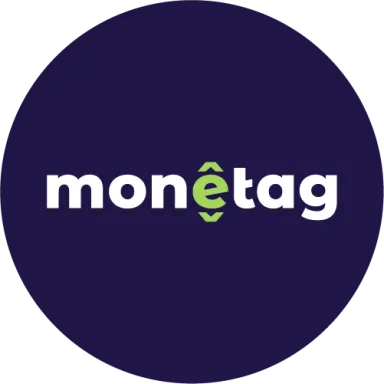


 (1).webp)
